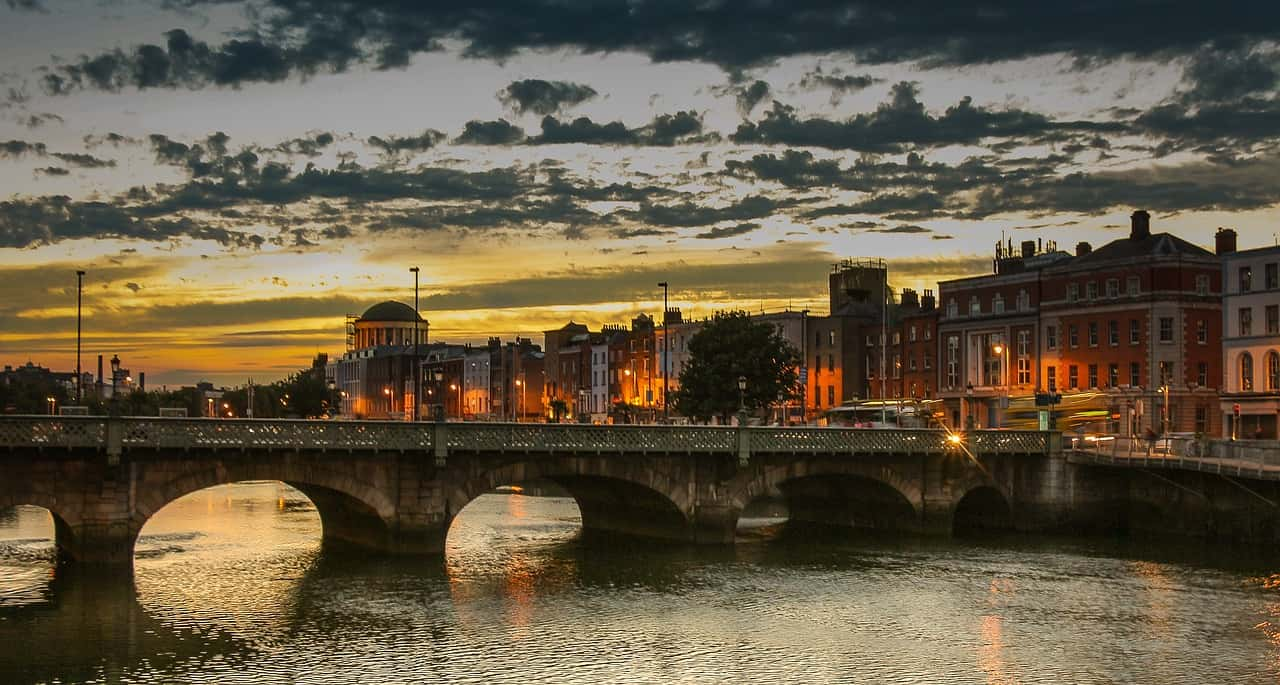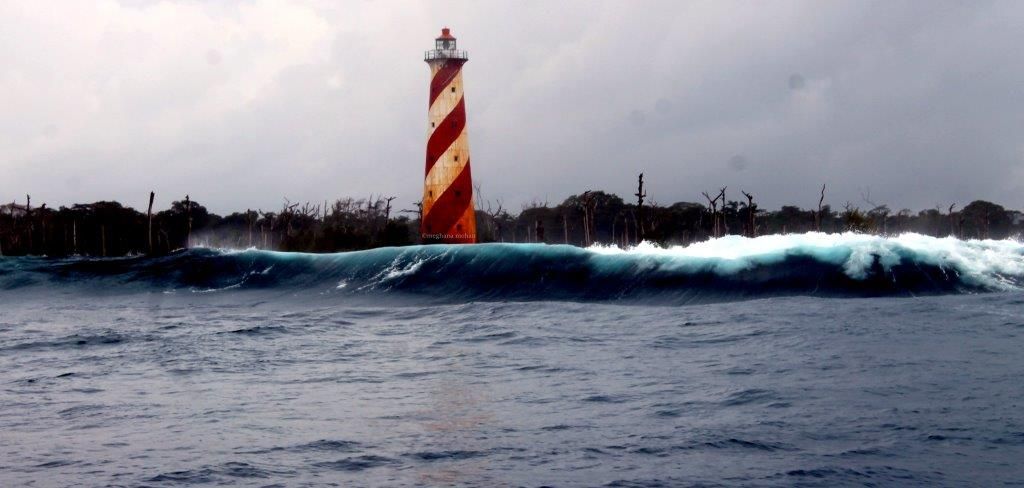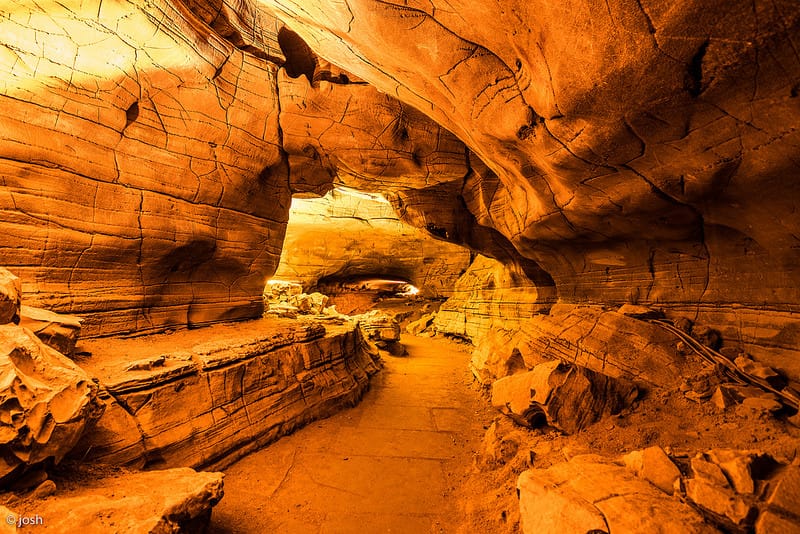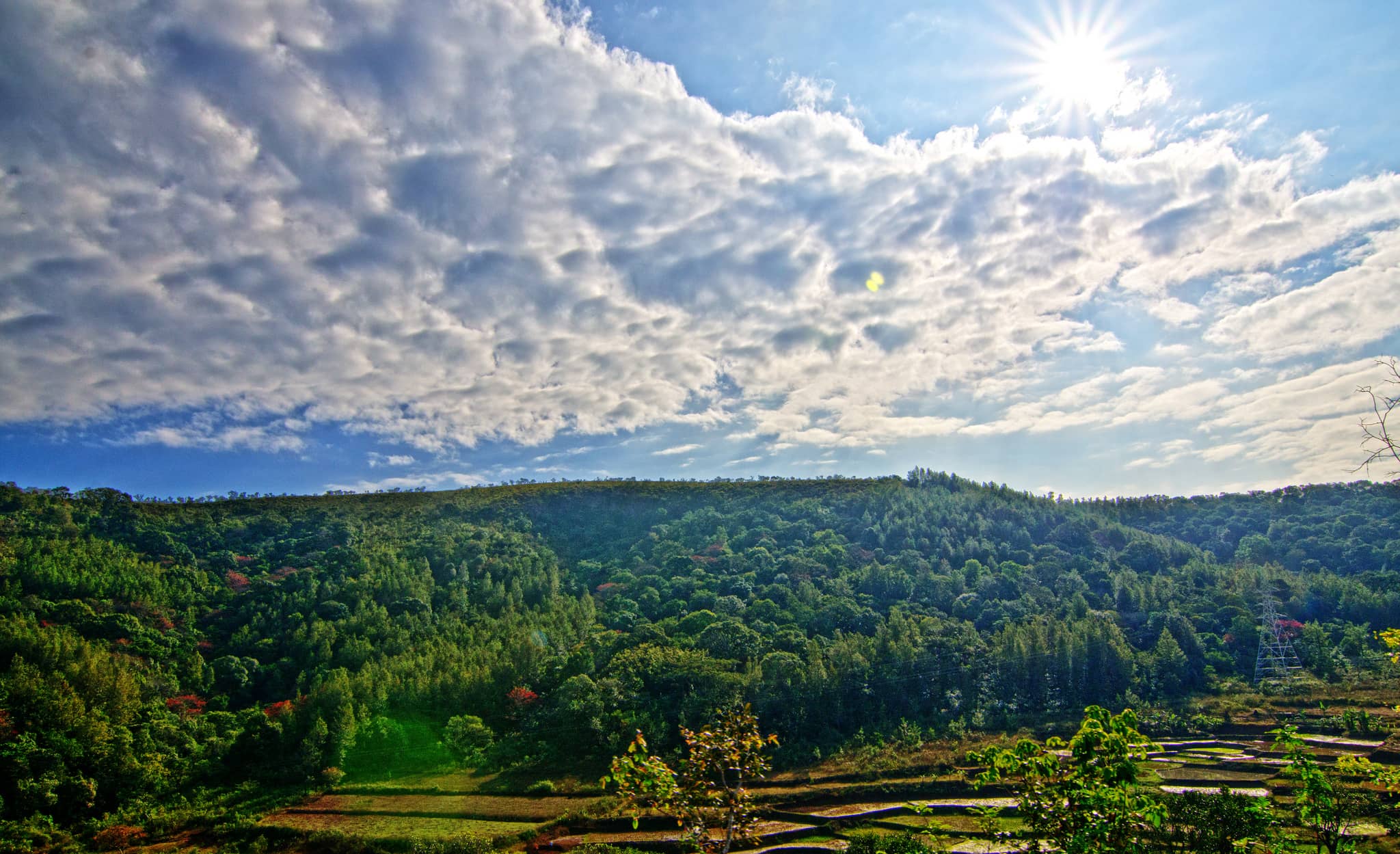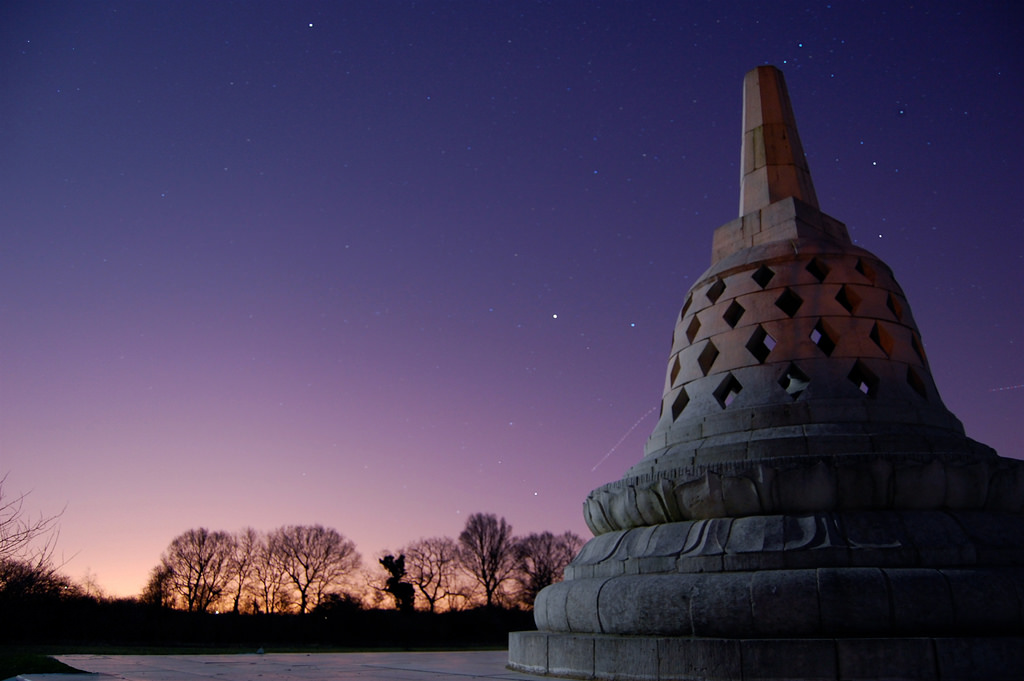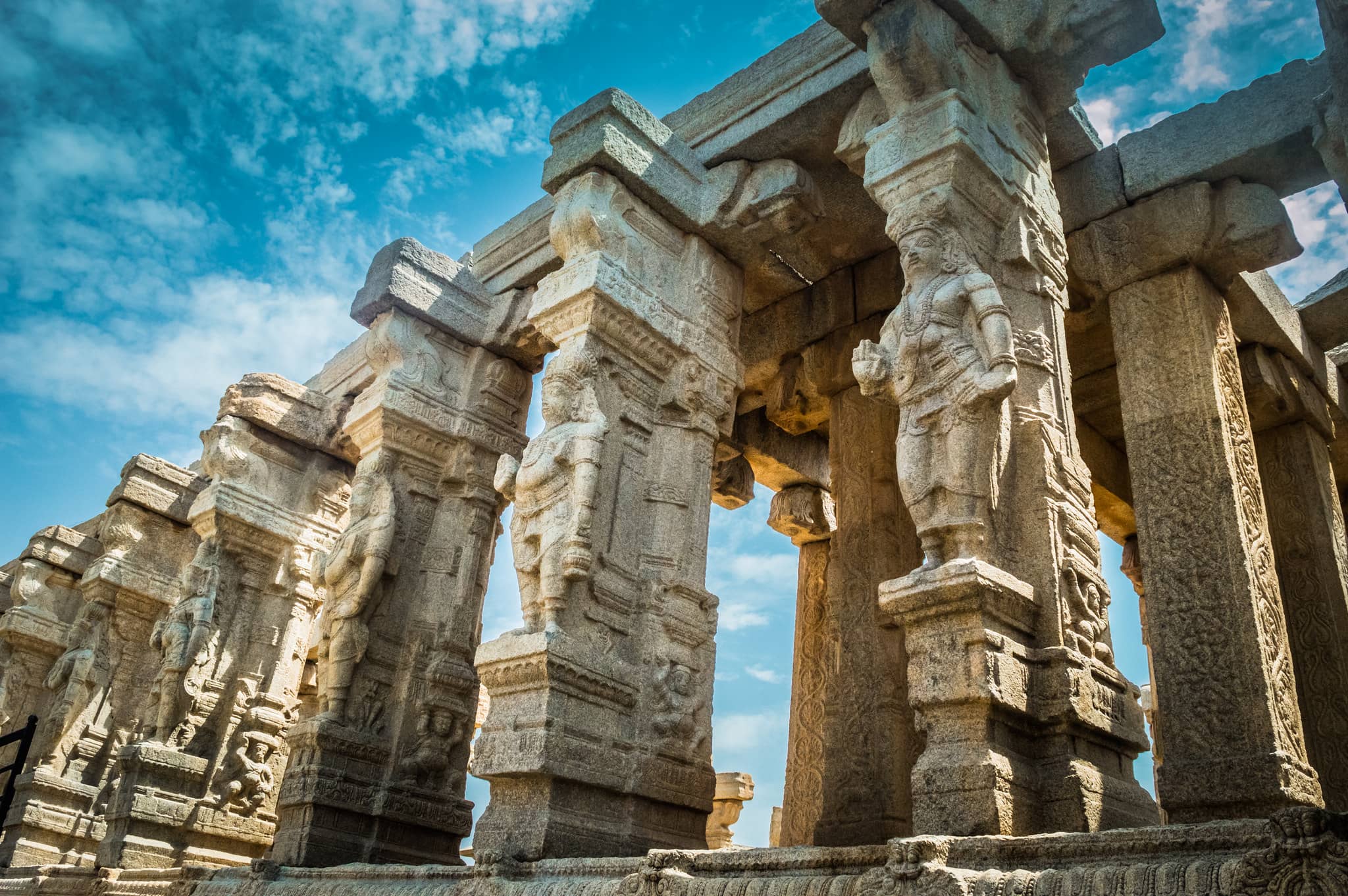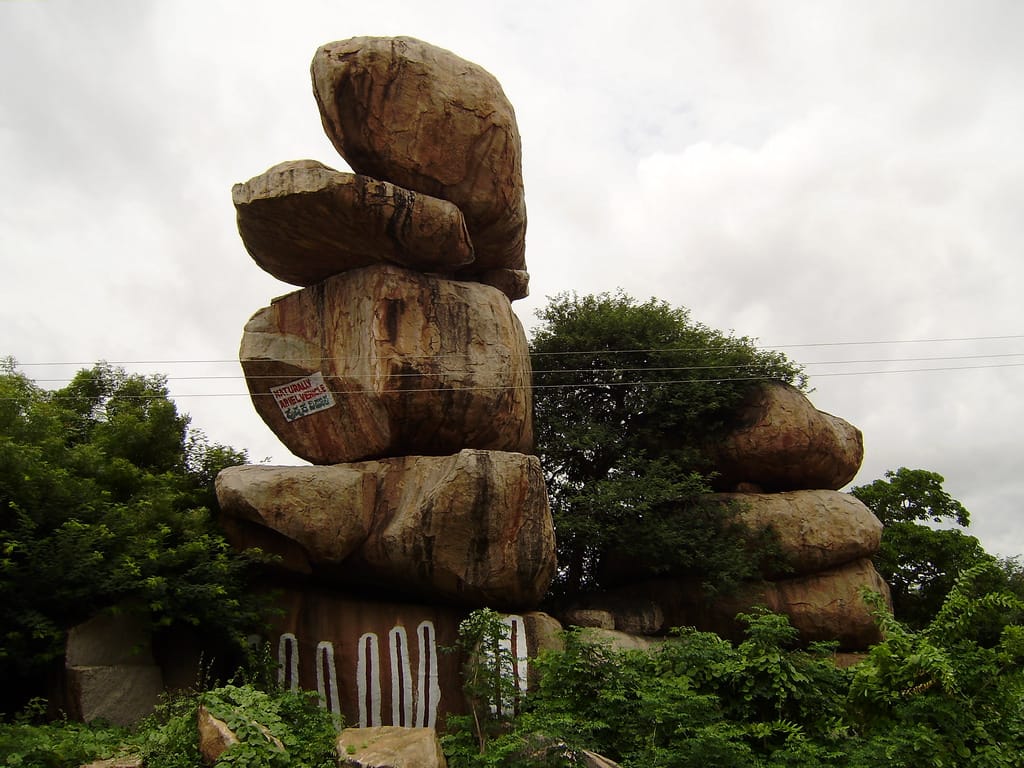Dublin, the capital of the Republic of Ireland, sits on the country’s east coast along the River Liffey. The city is full of history, with landmarks like Dublin Castle, built in the 1200s, and St. Patrick’s Cathedral, which dates back to 1191. Beautiful parks such as St. Stephen’s Green and the large Phoenix Park, home to Dublin Zoo, offer peaceful spots to relax. The National Museum of Ireland shares the story of Ireland’s past and culture. Dublin is also famous for writers like Oscar Wilde, James Joyce, and Samuel Beckett, with museums and theaters celebrating their work. At Trinity College, you can see the ancient Book of Kells, a decorated manuscript from the 9th century. The Temple Bar area is popular for its pubs, music, and culture, while Grafton Street is known for shopping and street performers. Visitors can also tour the Guinness Storehouse and Old Jameson Distillery to learn about the city’s beer and whiskey heritage.
Places to visit in Dublin
Guinness Storehouse

The Guinness Storehouse is one of Dublin’s most famous attractions, located at the St. James’s Gate Brewery. The building has seven floors and is designed around a massive glass atrium shaped like a pint of Guinness. On the ground floor, visitors can see the 9,000-year lease signed by Arthur Guinness, the founder. The storehouse is a popular place for tourists to learn about the history of Guinness and enjoy interactive exhibits.
Phoenix Park
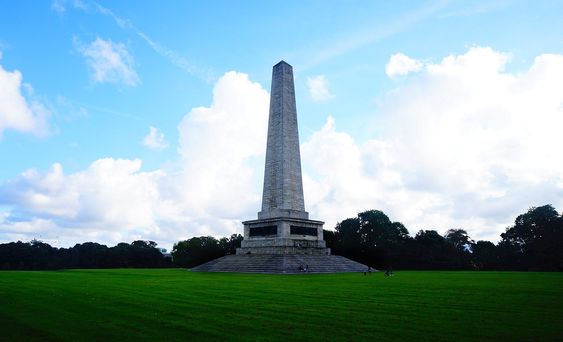
Phoenix Park is one of the largest walled parks in Europe, located in Dublin. Originally a royal hunting ground, it was opened to the public in 1747. The park is home to the Dublin Zoo, as well as the Áras an Uachtaráin, the official residence of the Irish president. It offers plenty of space for walking, jogging, and outdoor activities, making it a great spot for both relaxation and recreation.
Saint Patrick’s Cathedral
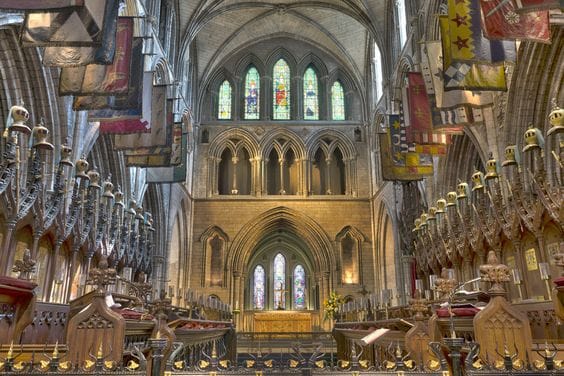
Saint Patrick’s Cathedral, built between 1220 and 1260, is the national cathedral of the Church of Ireland. It’s dedicated to Saint Patrick, who is said to have baptized converts to Christianity in Dublin. The cathedral offers visitors a chance to explore its rich history, with medieval architecture and fascinating cultural exhibits. It also hosts national ceremonies and public events throughout the year.
Powerscourt Estate

Powerscourt Estate is located in Enniskerry, County Wicklow, just outside Dublin. Known for its beautiful gardens, the estate features 47 acres of landscaped grounds. Visitors can explore various themed areas, including the Italian Gardens, Japanese Gardens, and Dolphin Pond. The estate is a peaceful escape from the city, perfect for nature lovers and those interested in garden design.
Dublin Castle
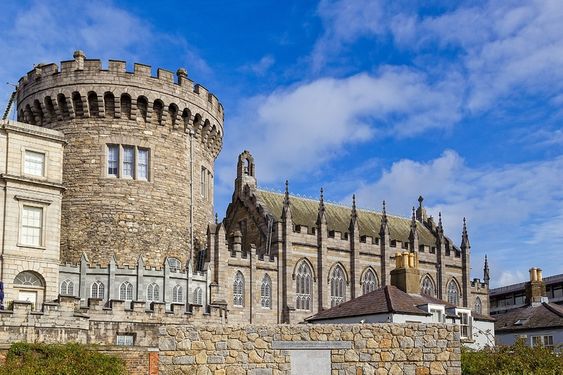
Dublin Castle is a historic government complex and one of Dublin’s most iconic landmarks. Originally built as a fortress by King John in the 13th century, it now serves as a venue for government events and conferences. The castle’s crypt is used for arts events, and the grounds often host outdoor concerts and festivals. It’s a must-see for those interested in Ireland’s medieval history.
Temple Bar
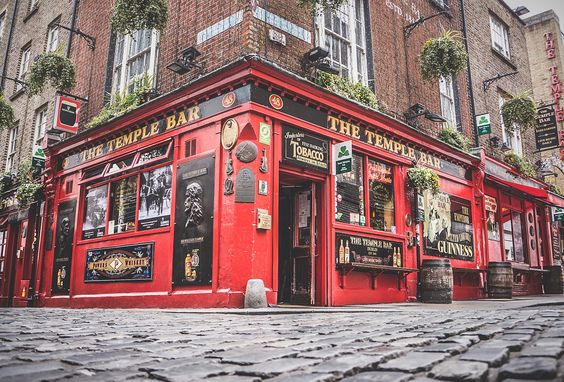
Temple Bar is Dublin’s cultural hub, located on the south bank of the River Liffey. Known for its lively nightlife, it’s filled with pubs, restaurants, and music venues. By day, it’s a great spot for art galleries, such as the Temple Bar Gallery, and cultural institutions like the Irish Film Institute. At night, the area comes alive with music and a vibrant crowd.
Kilmainham Gaol
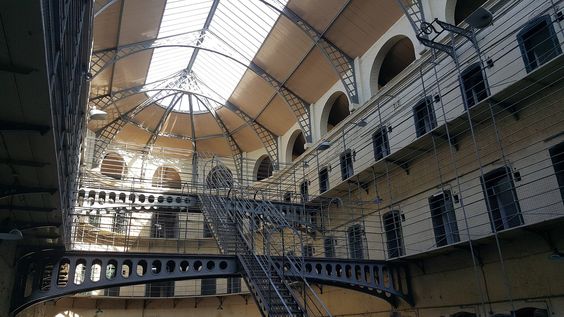
Kilmainham Gaol is a former prison turned museum in Dublin. It played a significant role in Irish history, with many national heroes imprisoned there, including those involved in the 1916 Easter Rising. The building now offers guided tours detailing Ireland’s struggle for independence. Visitors can explore the cells, prison yard, and view art created by former prisoners.
Ha’penny Bridge
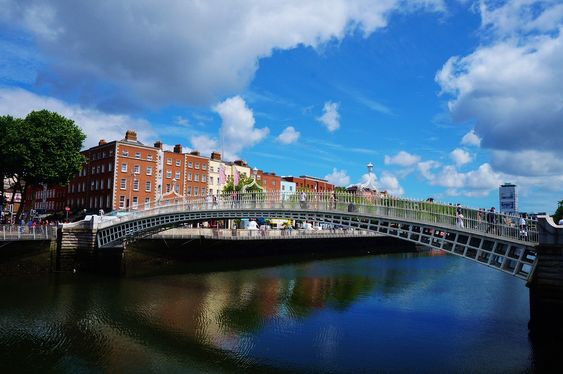
The Ha’penny Bridge is an iconic pedestrian bridge in Dublin, built in 1816 across the River Liffey. It was the first pedestrian bridge in the city and remained the only one for 184 years. The bridge gets its name from the halfpenny toll that was charged to cross it when it first opened. Today, it’s one of the most photographed landmarks in Dublin.
Dublinia
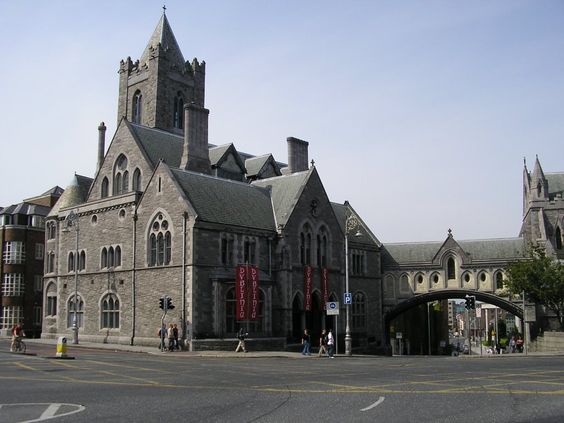
Dublinia is a museum that brings Dublin’s Viking and medieval past to life. It features reenactments, with actors dressed as Vikings and medieval citizens, as well as recreated buildings from those periods. Visitors can learn about Dublin’s early history, from its Viking roots to the Middle Ages, in a fun and engaging way.
Malahide Castle
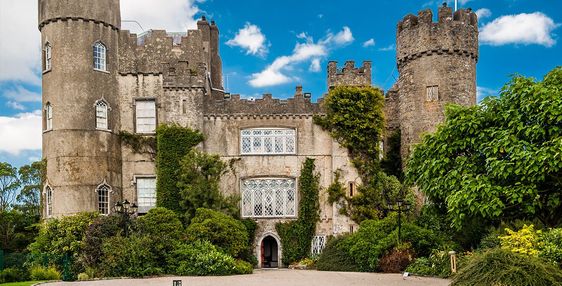
Malahide Castle, located just north of Dublin, dates back to the 12th century and is surrounded by 260 acres of parkland. The castle is home to historical displays about the Talbot family, who lived there for over 800 years. Visitors can explore the beautiful rooms, enjoy a meal at the café, or shop for souvenirs at the castle’s gift shop. The estate also includes gardens and walking trails.
Best time to visit Dublin
The best time to visit Dublin is from June to August when the weather is warm and pleasant. This period offers long days with plenty of sunshine, perfect for outdoor activities. It’s also when many festivals and events take place. However, it can be busier, so be prepared for larger crowds.
